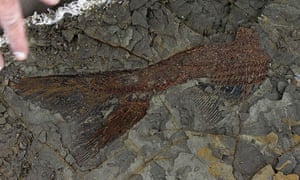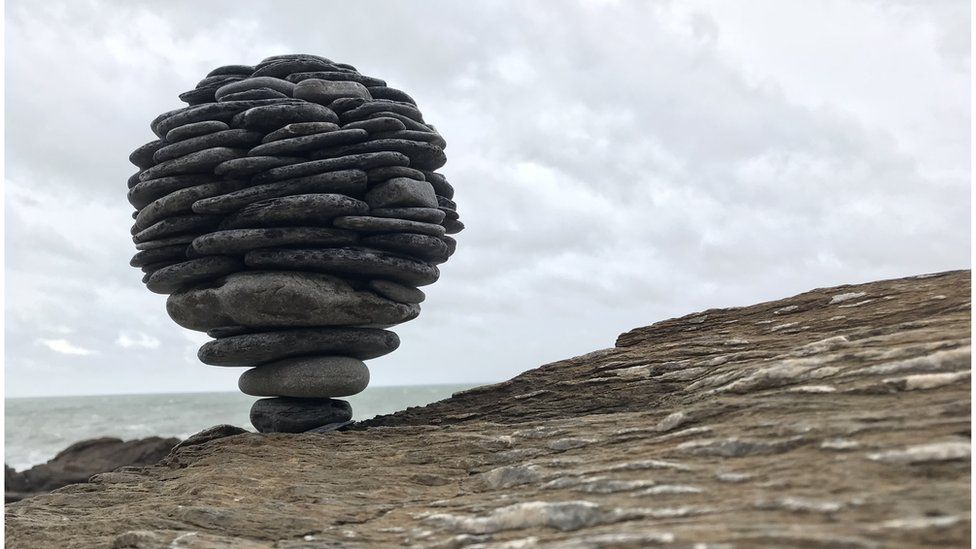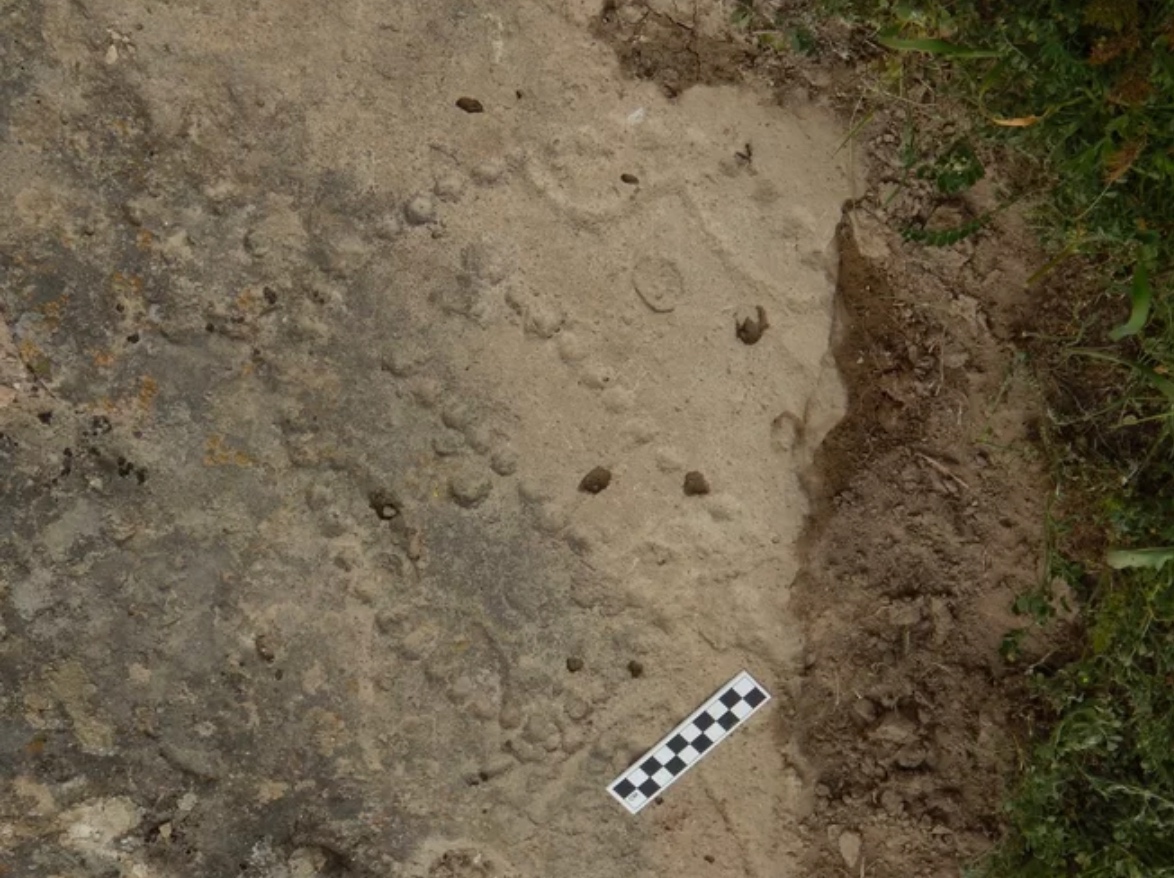via the OUP blog by Charles Edworthy

Malvern Hall, Warwickshire (1820-21) by John Constable. Public domain via Yale Center for British Art.
Born in 1752, Frances Burney (better known as Fanny Burney) was well known as a satirical novelist in her time, anonymously publishing her first book, Evelina, in 1778. Despite her literary influence, Fanny Burney is a name unknown to many aside from the most ardent scholars. Did you know, for instance, that the title of Jane Austen’s Pride and Prejudice comes from the pages of Burney’s Cecilia?
Continue reading
==============================
US researchers reveal haul of perfectly preserved fossils dating back to Chicxulub impact that wiped out most of Earth’s life
via the Guardian by Agence France-Presse

A perfectly preserved 66m-year-old fish fossil uncovered by University of Kansas researchers, revealing life on the day a huge asteroid hit the Earth.
Photograph: Robert Depalma/AFP/Getty Images
Scientists in the US say they have discovered the fossilised remains of a mass of creatures that died minutes after a huge asteroid hit the Earth 66m years ago, sealing the fate of the dinosaurs.
In a paper to be published on Monday, a team of paleontologists at the University of Kansas say they found a “mother lode of exquisitely preserved animal and fish fossils” in what is now North Dakota.
The asteroid’s impact – creating the Chicxulub crater in what is now Mexico – was the most cataclysmic event in Earth’s history, eradicating 75% of the planet’s animal and plant species, extinguishing the dinosaurs and paving the way for the rise of humans.
Continue reading
==============================
The 'gravity-defying' art that washes away
BBC News [via Boing Boing by Rob Beschizza]

Landscape gardener Sam Bennett makes beautiful sculptures from raw materials he finds on beaches.
Stones and driftwood are the foundations of his work near his home in Torquay, Devon.
The 26-year-old started making the sculptures about 12 years ago while still at school.
Continue reading and view some stunning images
"London Cries": the merchants' patter of 19th Century London
a post by Cory Doctorow for the Boing Boing blog

One genre of 19th Cen illustrated pamphlet was the "Cries of London" (previously), which celebrated the market traders' characteristic sales patter, which were catalogued as a kind of urban birdsong.
Continue reading for more text and images
==============================
Through calculated use of gossip, women, non-citizens, or slaves wielded a potent weapon against those who wronged them.
via the |Big Think blog by Fiona McHardy
At the heart of the greatest works of Ancient Greek literature are mighty acts of revenge. Revengers overcome their enemies through superior physical prowess, as when Achilles kills Hector in a single combat to avenge the death of his comrade Patroclus; or through their employment of trickery and deceit, as when Medea slays Creon and his daughter by using poisoned clothing in revenge against Jason, her unfaithful husband. But how could a person lacking in physical strength, magical abilities or supportive friends take revenge?
Continue reading
==============================
A commentary on one of Joyce’s Dubliners stories
‘An Encounter’ is one of the early stories in James Joyce’s Dubliners, the 1914 collection of short stories which is now regarded as one of the landmark texts of modernist literature. At the time, sales were poor, with just 379 copies being sold in the first year (famously, 120 of these were bought by Joyce himself). ‘An Encounter’ is not one of the best-known stories in the collection, but like many of the short stories that make up Dubliners the story shows Joyce addressing taboo issues, as well as the boredom and disappointment of everyday life, with consummate stylistic skill and attention to detail.
Continue reading
==============================
The Man Who Wasn’t Gershwin
Oscar Levant…classical musician?
via Arts & Letters Daily: Terry Teachout in Commentary Magazine

Oscar Levant vanished into the memory hole of popular culture within a few years of his death in 1972. If he is known at all today, it is as the sardonic piano-playing sidekick he portrayed in a dozen movies of the ’40s and ’50s, most famously with Gene Kelly in An American in Paris (1951) and Fred Astaire in The Band Wagon (1953). Because these screen appearances are now his sole claim on posterity, it came as a surprise when Sony Classical released A Rhapsody in Blue: The Extraordinary Life of Oscar Levant last fall. This eight-CD boxed set contains the hundred-odd recordings that he made as a pianist between 1941 and 1958, accompanied by a 124-page book whose centerpiece is a biographical essay by the cabaret singer Michael Feinstein.
Continue reading A fascinating story that will interest music fans and anyone coping with bipolar disorder.
==============================
via the Guardian by Daryl Mersom

A piece of a rediscovered Almaty sgraffito by the Kazakhstan graphic artist Eugeny Sidorkin (1930-82). Photograph: Daryl Mersom
When Jama Nurkalieva and a small group of colleagues conducted a site survey of a disused Soviet-era panoramic cinema in Almaty, the former capital of Kazakhstan, they had no idea what lay behind the internal plasterboard wall that faces out towards the street – until someone spotted a narrow gap.
As the caretaker shined a light into the darkness behind, the group caught a glimpse of a man’s head. Out came the toolbox and the rest of the artwork was slowly revealed: a Soviet-era sgraffito by the graphic artist Eugeny Sidorkin that had been lost and forgotten for decades.
Continue reading
==============================
via the Big Think blog by Matt Davis
From animated umbrellas to polite-but-violent turtle-people, Japan's folklore contains some extremely creative monsters.

Wikimedia Commons
- Compared to Japan's menagerie of creatures, Western folklore can feel a little drab.
- The collection of yōkai — supernatural beasts or spirits — has a staggering amount of variety.
- Although there are many more creative folkloric creatures, here are nine that caught our attention.
==============================
via Boing Boing by David Pescovitz
[I think this has been duplicated but I've left it in anyway]

An archaeologist is studying a 4,000-year-old game board carved into the floor of a rock shelter in Azerbaijan. According to American Museum of Natural History researcher Walter Crist, the board was used to play an ancient game called "58 Holes" or "Hounds and Jackals".
Continue reading
No comments:
Post a Comment